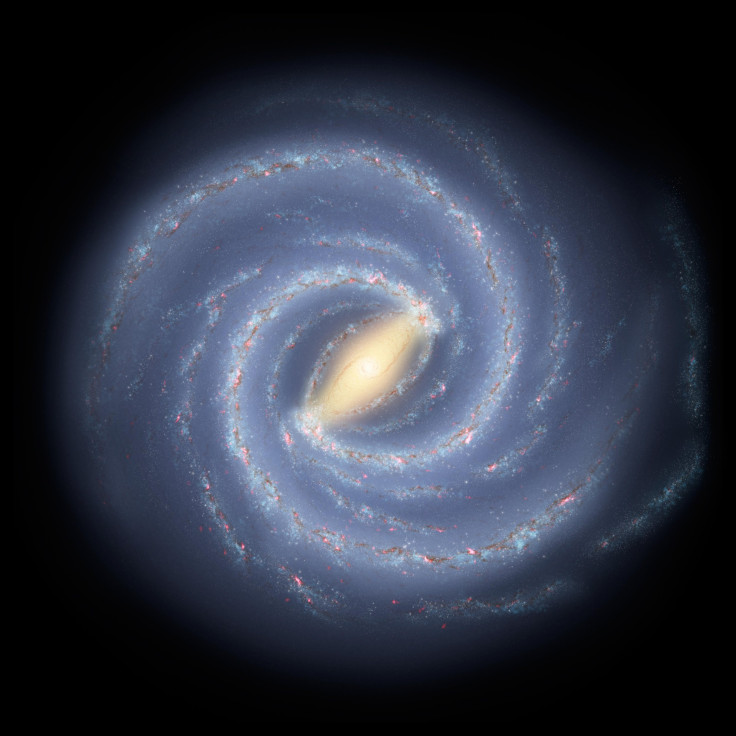Search For Alien Life Expands, Millions Of Stars To Be Surveyed

The search for extra-terrestrial (ET) life or aliens, as we call them, has been on for years. Scientists across the globe are looking for signals of intelligent, technologically capable civilizations, but so far, no scientifically viable evidence has been captured.
This is why the team at Breakthrough Listen, a multi-million dollar initiative started by Stephen Hawking and internet entrepreneur Yuri Milner, has been working towards scouring depths of the cosmos. They have studied stars a few light years away from Earth and are now bolstering that effort with the launch of the new cosmic survey, one under which millions of stars sitting in our galactic neighborhood will be observed for ET signals.
The effort is being made possible with the help of Commonwealth Scientific and Industrial Research Organization’s (CSIRO) Parkes Radio Telescope ("Parkes") in New South Wales, Australia, and its upgraded instrumentation.
According to a release from Breakthrough Listen, Parkes used to observe a single point in the sky at a time and allowed scientists to examine a small portion of the Milky Way or just stars in close proximity of the sun. But now, the telescope has been equipped with a multibeam receiver, an instrument, which features 13 beams and is capable of recording data from a bigger portion of the sky.
The upgrade not only enables scientists to observe a huge swath of the Milky Way but also serves as a faster technique for detecting the presence of alien civilizations anywhere around millions of stellar neighborhoods. Essentially, scientists will be able to process data at a whopping 130 gigabits per second, which is thousands of times of faster than a standard broadband connection.
That said, it is also worth noting the radio survey will also cover the area around Milky Way’s center. Though the dense region around Milky Way’s center hosts a supermassive black hole and makes up one of the worst places for life to thrive, the neighborhood targeted by the team hosts tens of millions of stars, with many lying between Earth and far from the point of chaos at the center.
The telescope will devote 1,500 hours this year to collect signals of extra-terrestrial activities. As a major chunk of the collected data will also human-generated radio frequency interference like signals from satellites, airplanes, cell phones, the data will be refined after collection to filter those originating in the cosmos.
"With these new capabilities, we are scanning our Galaxy in unprecedented detail,” Danny Price, Parkes Project Scientist with the Breakthrough Listen project at UC Berkeley, said in a statement. “By trawling through these huge datasets for signatures of technological civilizations, we hope to uncover evidence that our planet, among the hundreds of billions in our Galaxy, is not the only one where intelligent life has arisen."
© Copyright IBTimes 2024. All rights reserved.





















